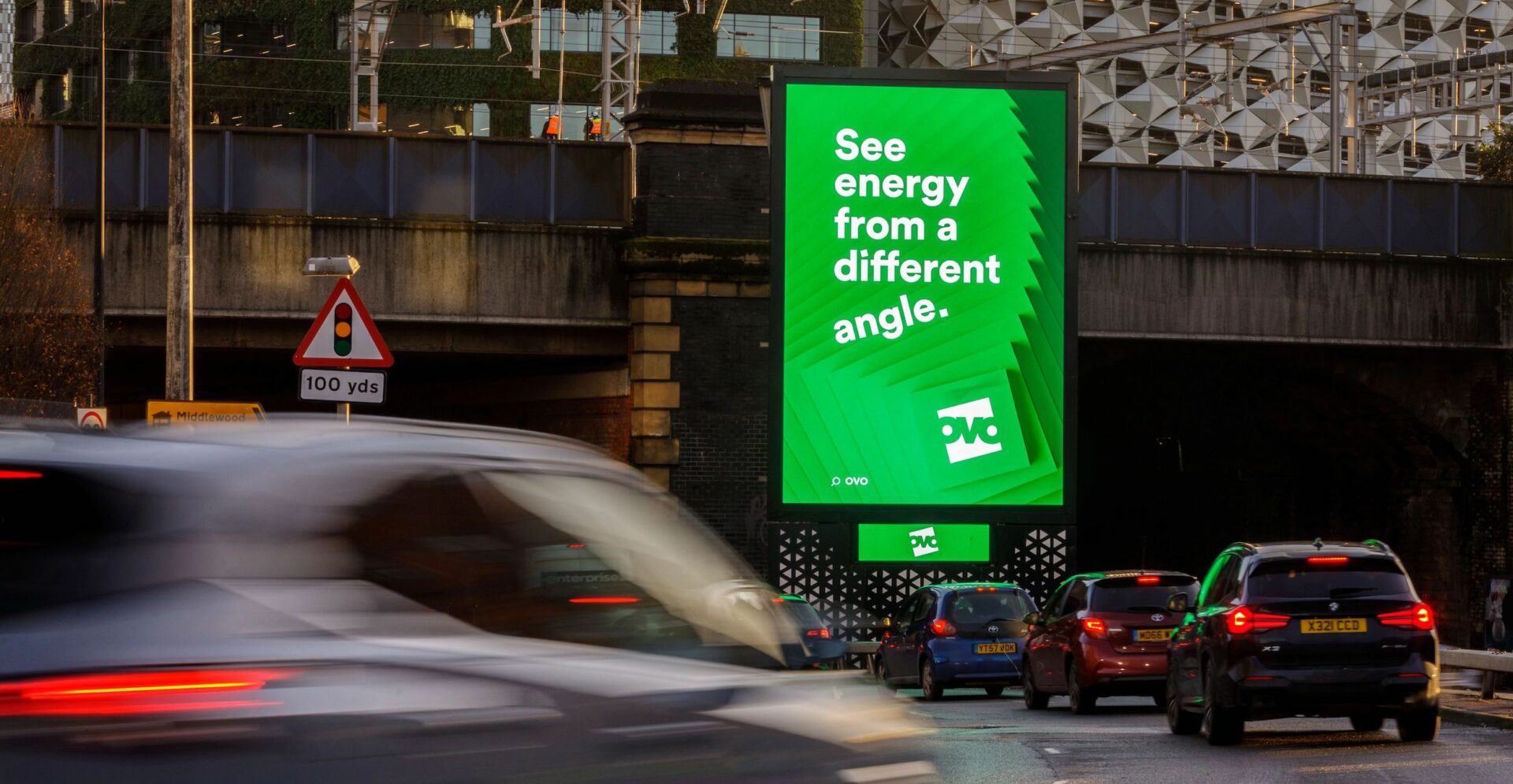Greenwashing – What is it and how can brands ensure their OOH campaigns are compliant?
Emily Haile, Programmatic Manager and Sustainability Squad member, details the new ASA greenwashing regulations and how brands can ensure their OOH advertising complies.
Greenwashing in OOH: Ensuring Campaign Compliance with Environmental Standards
On a rapidly warming planet where extreme weather is fast becoming the new norm, consumers are now hyper-aware of the environmental impact of the brands they buy. Three in four consumers are calling for companies to reduce their own environmental footprints, and Global Google searches for sustainable products have increased by 130% in the last five years. Eight out of ten shoppers say they would pay more for sustainably produced goods – with this figure rising further among Millennials and Gen Zs.
In response to this demand, brands are naturally keen to showcase all the ways they are making progress in this area. But when it comes to corporate sustainability claims, consumer trust is low – and with good reason. 58% of CEOs admit their own company has engaged in some form of greenwashing: the practice of making a brand/product appear more environmentally friendly than it really is. Additionally, an EU survey in 2020 found that over half of environmental product claims were ‘vague, misleading or unfounded.’ Even when brands are not deliberately trying to misinform consumers, the prevalence of vague language, unsubstantiated claims and inconsistency across the market means that consumers are confused at best and disengaged at worst.
With brand values crucial in determining brand trust, and trust now the second-highest factor in driving profit, it’s clear that there are both reputational and financial risks – and opportunities – for brands wanting to promote their environmental credentials. The guidance released by the ASA aims to help advertisers make clear their commitments in this space and reinstate consumer confidence in their environmental claims.
What are the new regulations?
In 2021, the ASA identified that the use of ‘carbon neutral’, ‘net zero’ and ‘offsetting’ claims in advertising were at risk of being misleading given low consumer understanding and lack of consensus on their meanings. Subsequently, they have released new guidance for advertisers regarding these claims.
As of February this year, new CAP guidance requires that advertisers should:
- Avoid using unqualified carbon neutral, net zero or similar claims – any claims relating to these terms should be based on verifiable strategies to deliver them
- Include accurate information about whether (and the degree to which) they are actively reducing carbon emissions or are basing claims on offsetting – any claims about offsetting should comply with usual standards of evidence for objective claims and should include information about the offsetting scheme they are using
In June, further guidance was added, clarifying that the environmental impact of the whole business should be considered and not only the specific initiatives or products advertised:
- Environmental claims which relate narrowly to specific products should make this clear, to ensure that they are not understood as being representative of the entire business
- Where businesses are responsible for a significant amount of harmful emissions or other environmental harm, ads which reference specific environmentally beneficial initiatives are more likely to mislead
- Ads which present a business’s negative environmental impact as being in the past are likely to mislead if the company is still having a significant negative impact
How can brands ensure compliancy in their OOH advertising?
OOH, as a broadcast channel existing in the public sphere, is rightly held to the highest standards of accountability. In no small part due to this, OOH is the most trusted media channel (vs. digital and radio) and is particularly strong at driving trust amongst hard-to-reach sceptical Gen Z audiences. OOH is therefore the natural choice of media for promoting a brand’s environmental commitments, but advertisers should be mindful that their OOH messaging should adhere to the new guidelines and any use of ‘carbon neutral’, ‘net zero’ and ‘offsetting’ claims should be well-substantiated. CAP advice should be sought in the case of any uncertainty.
TfL have made clear their commitment to upholding the new CAP guidance by updating their advertising policy for all campaigns running across their advertising estate. All advertising copy relating to fossil fuel extraction or any copy submitted for brands associated with fossil fuel extraction now need to be submitted to TfL for review, as well as any advertising copy including an environmental claim. TfL request that CAP advice is sought on all such copy prior to being submitted for review.
What else is on the horizon?
This is only the beginning of the conversation on environmental claims in advertising. Since the CMA launched its Green Claims Code in 2021, it has been applying this to its sector-by-sector review of misleading environmental claims. In January 2023 the CMA announced it would widen its review to FMCG and this investigation remains ongoing.
Concurrently, the Digital Markets, Competition and Consumers Bill is undergoing parliamentary approval which could give the CMA new fining powers to deal with greenwashing as a misleading practice, which could be in place as early as 2024. Now more than ever, brands should ensure that their environmental credentials stand up under scrutiny from regulators and consumers alike. Not only will this stand them in good stead against future regulatory developments, but the accelerating nature of the climate crisis also means that eco-consumerism is not just another marketing trend – it is a fundamental shift in buying behaviour that is here to stay.

Advertisers should see this as an opportunity: those who put in the groundwork now will enjoy increased consumer trust, loyalty and ultimately profitability in the years to come.




